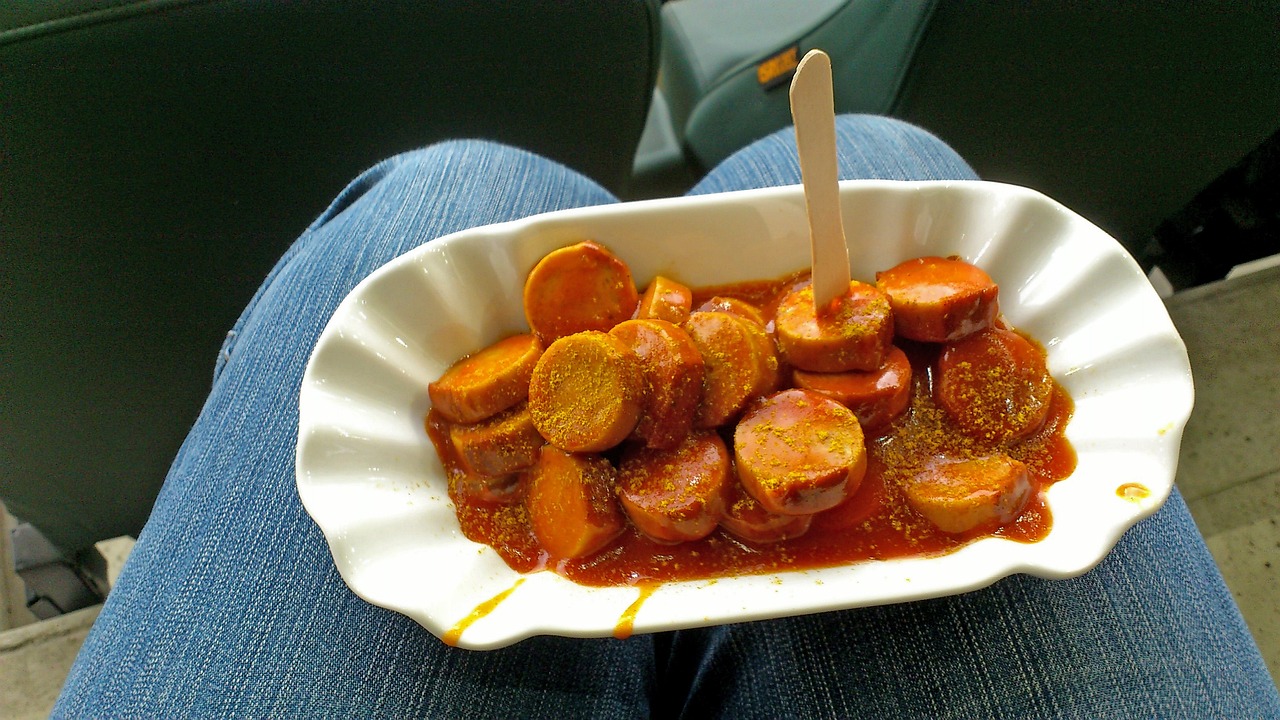
The origins of Currywurst sauce are often attributed to Herta Heuwer, a Berliner who is said to have invented the sauce in 1949. According to the story, Heuwer obtained ketchup and curry powder from British soldiers stationed in Berlin and experimented with creating a unique sauce to accompany the grilled sausages she sold from a street food stand. She mixed the ketchup with curry powder and some additional spices to create a flavor combination that quickly gained popularity among locals.
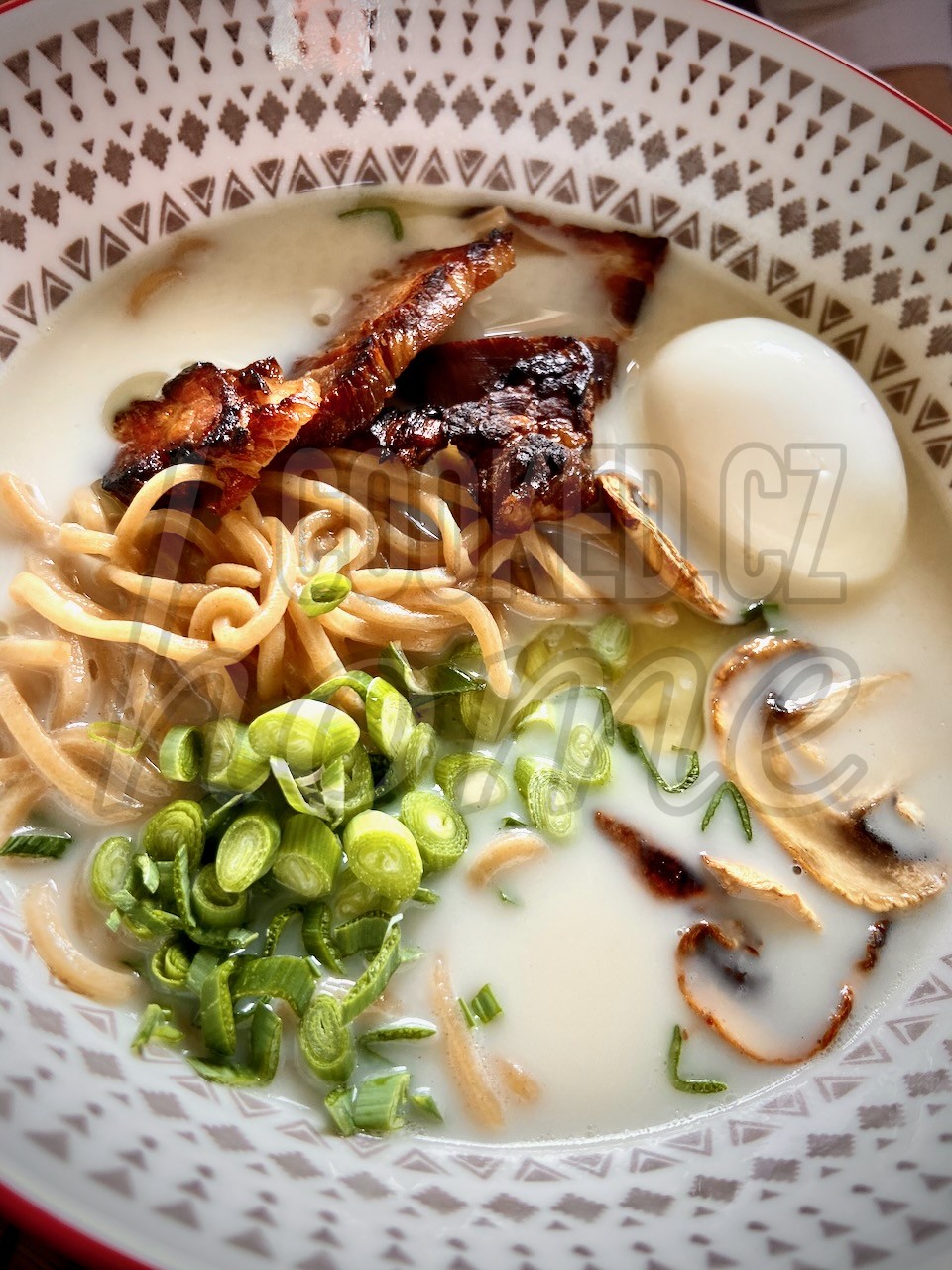
The origins of tonkotsu broth can be attributed to the rise of ramen culture in post-World War II Japan. During that time, a restaurateur named Nagahama Yasuji opened a ramen shop called “Ajitoya” in Hakata, Fukuoka. Ajitoya specialized in serving a new style of ramen that featured a creamy and flavorful pork-based broth, which eventually became known as tonkotsu ramen. Nagahama Yasuji developed the technique of boiling pork bones for long hours to extract their rich flavors and create a hearty broth. The resulting tonkotsu broth was different from the lighter soy-based broths that were more commonly used in ramen at the time. The Hakata-style tonkotsu ramen quickly gained popularity in Fukuoka and eventually spread to other parts of Japan.
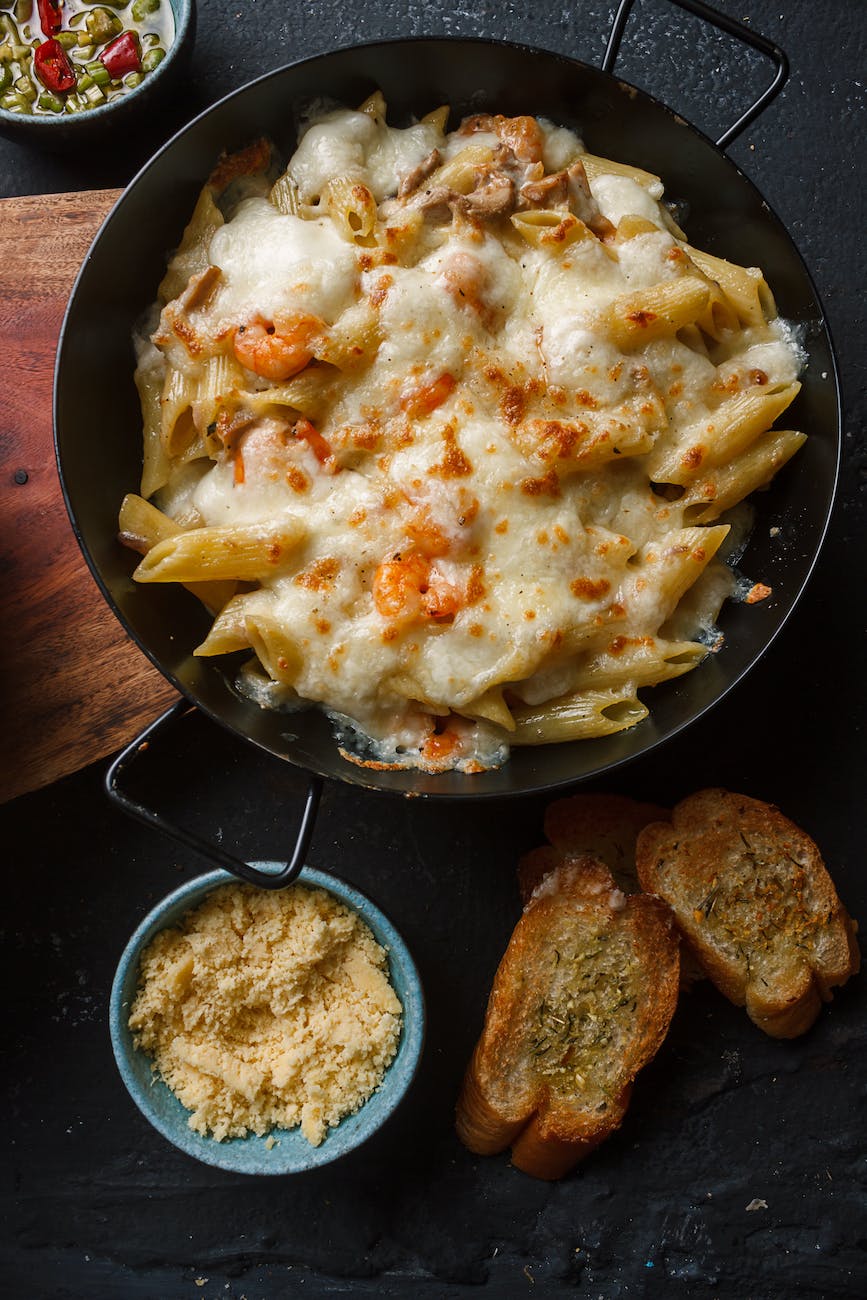
Pizza ovens, known for their high temperatures and ability to create a crispy and charred crust, have been used primarily for baking pizzas for centuries. However, in recent years, chefs have begun to utilize pizza ovens for other culinary creations, including baking pasta. The trend of baking pasta in pizza ovens gained momentum as chefs sought to infuse pasta dishes with the distinct smoky flavors and unique textures that can be achieved in a pizza oven. The high heat of the oven allows for quick and even cooking, creating a perfectly al dente texture while adding a subtle smoky undertone to the dish. The concept of baking pasta in a pizza oven aligns with the overall trend of wood-fired cooking, which has become increasingly popular in modern cuisine. Wood-fired cooking imparts a distinct flavor and aroma to dishes, and it provides a unique sensory experience for diners.
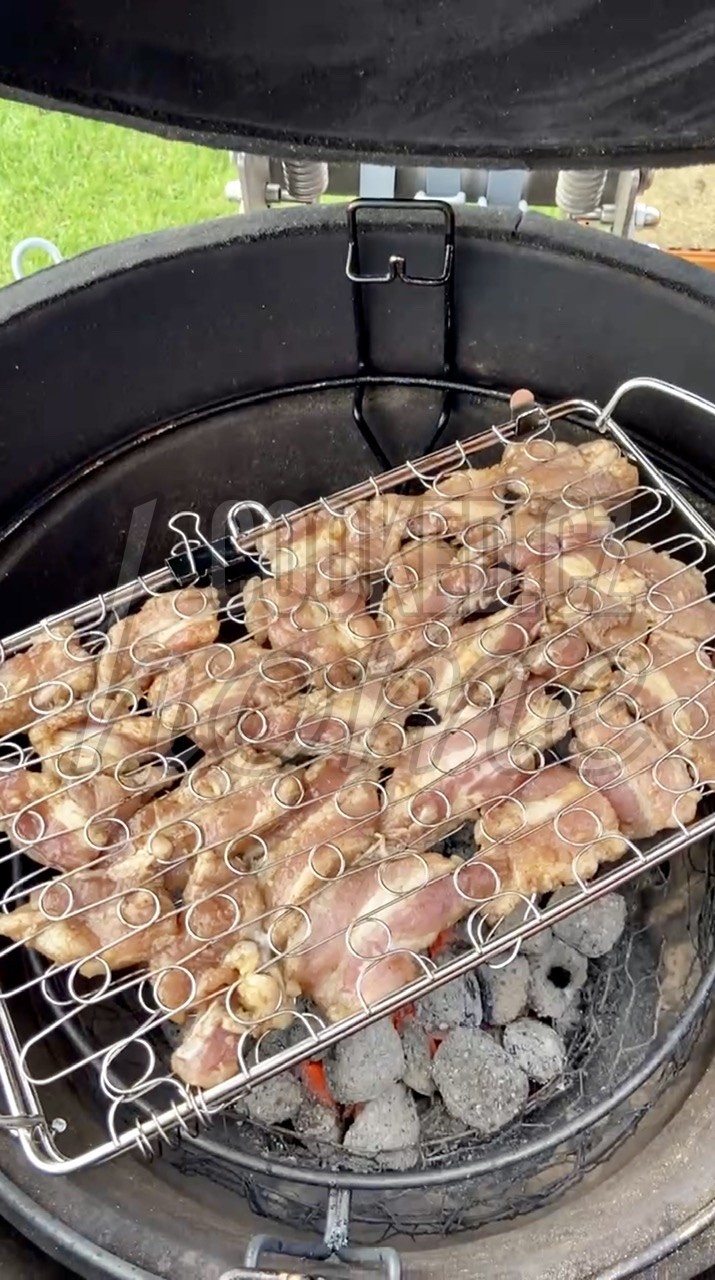
Bun cha is believed to have been created in the early 20th century and has since become an iconic and beloved dish in Vietnamese cuisine. The exact origin story of bun cha is not well-documented, but it is believed to have developed as a street food dish in Hanoi. Hanoi is known for its vibrant street food culture, and bun cha quickly gained popularity among locals and visitors alike. Bun cha is traditionally eaten by combining the noodles, grilled pork, and fresh herbs in a bowl and then dipping them into the nuoc cham sauce. The dish is known for its balance of flavors and textures, with the smoky and savory pork complemented by the freshness of the herbs and the tanginess of the dipping sauce.
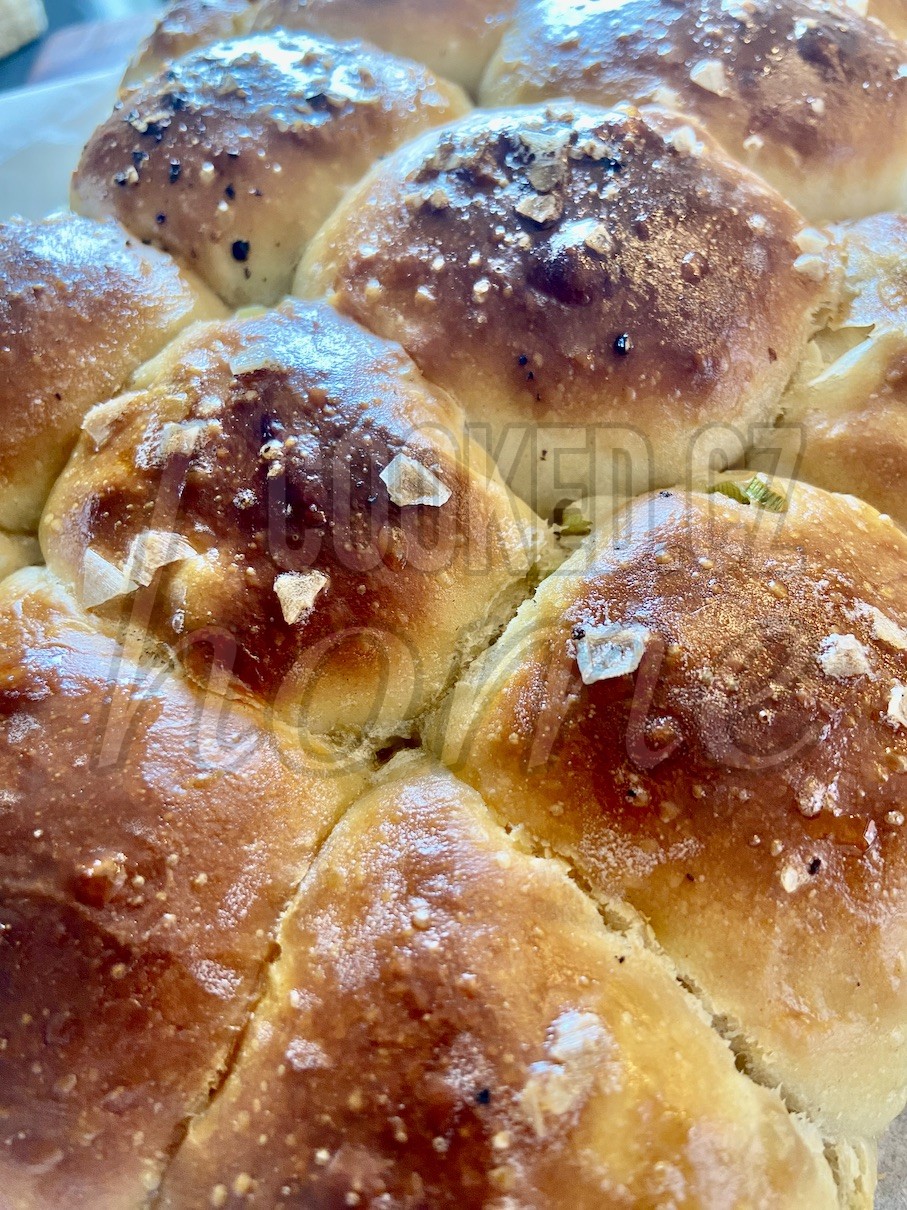
One of the earliest examples of dinner rolls can be found in ancient Egypt. The Egyptians were skilled bakers, and they made small, round breads that resembled modern dinner rolls. These breads were often leavened with natural yeasts or sourdough starters. During the Middle Ages in Europe, bread played a vital role in the daily diet. Bakers developed various types of bread, including rolls, to cater to different preferences and occasions. Dinner rolls, also known as “manchet” or “manchets,” were made with fine white flour and were typically softer and lighter than other bread types. These rolls were consumed by the upper classes and were considered a symbol of wealth and status. As European immigrants settled in North America, they brought their culinary traditions, including bread-making techniques. Dinner rolls became a staple of American cuisine, particularly during Thanksgiving and other festive occasions. The iconic Parker House Rolls, named after the historic Parker House Hotel in Boston, gained fame in the 19th century. These rolls were soft, buttery, and folded in half before baking, creating a distinctive shape. In this recipe we use technique borrowed from Japanese milk bread that uses something called a tangzhong, cooked paste made from flour, milk, and water that, when added to a dough, increases the ability of that dough to hold onto moisture.
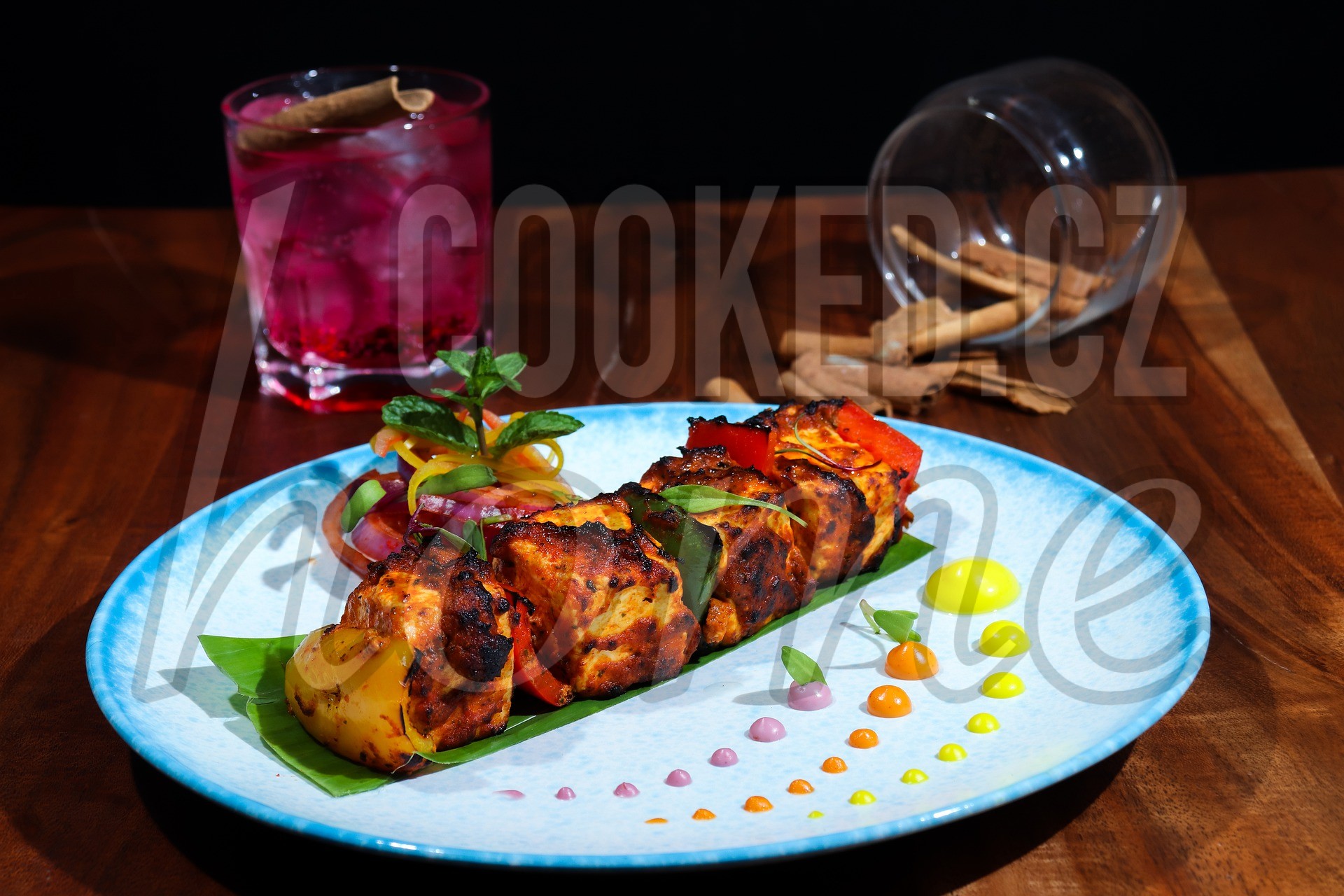
The history of Tandoori Chicken Tikka can be traced back to the Mughal era in India, which spanned from the 16th to the 19th centuries. The Mughals, who were known for their extravagant and sophisticated cuisine, introduced many Persian and Central Asian dishes to India. Tandoori cooking was one such culinary tradition that was brought to the region by the Mughals. The Mughal emperors and their nobles were known for their love of rich and flavorful food. They developed a method of cooking meat in a tandoor, which is a cylindrical clay oven heated by charcoal or wood fire. This cooking technique allowed for the intense heat to seal in the flavors and juices of the meat while giving it a distinct smoky flavor. Tandoori Chicken Tikka was created by marinating small pieces of chicken in a mixture of yogurt and spices such as cumin, coriander, turmeric, ginger, garlic, and chili powder. The marinated chicken was then skewered and placed in the tandoor to be cooked until tender and slightly charred on the outside.
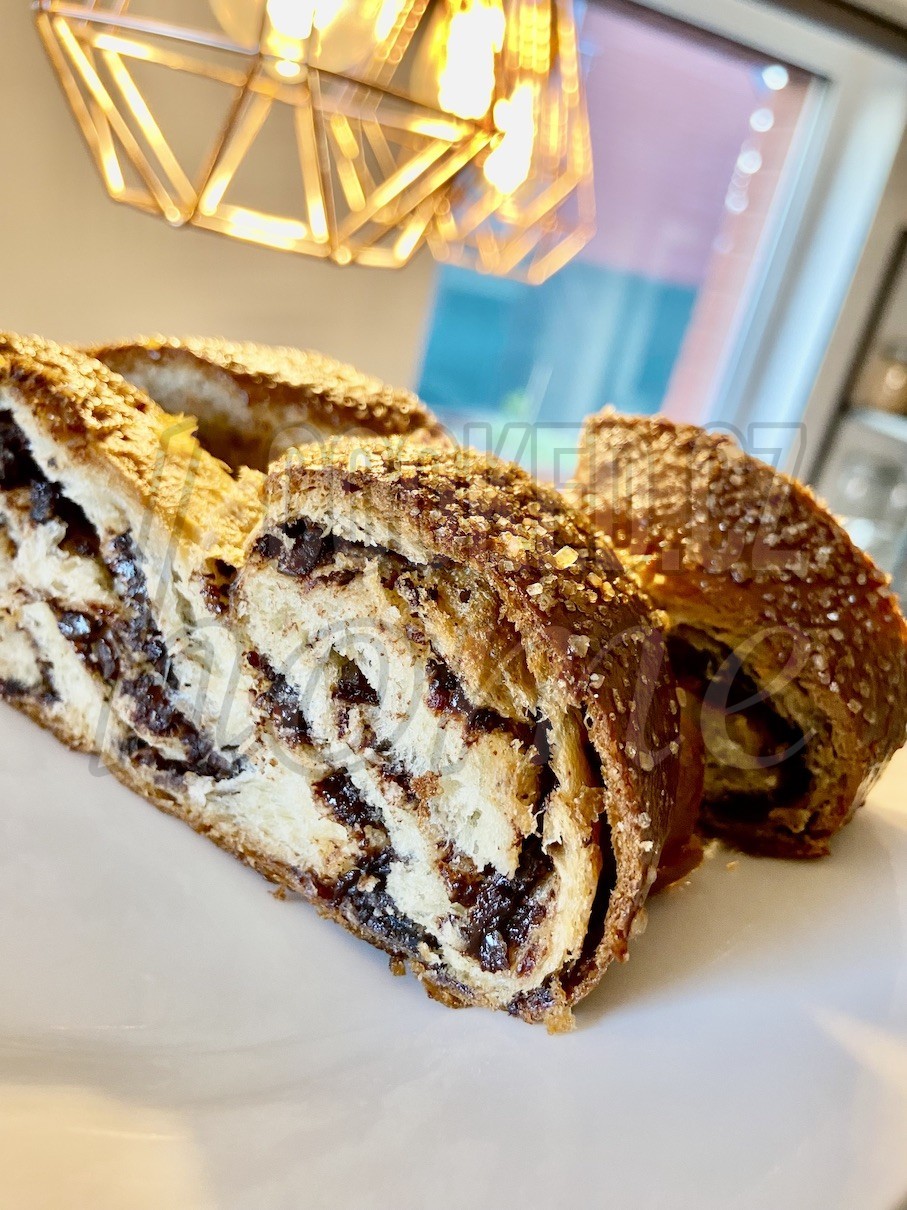
The history of the Babka recipe is rooted in Eastern European Jewish culinary traditions. Babka is a sweet yeast-risen bread or cake that has become popular in Jewish communities and beyond. The exact origins of Babka are not entirely clear, but it is believed to have originated in Eastern European countries such as Poland and Ukraine. Babkallah is braided version of the Babka, comes from Challah which is traditional Jewish braided bread. The word “Babka” means “grandmother” in Polish and Ukrainian, which suggests that the recipe has been passed down through generations. In its traditional form, Babka is a rich, sweet bread made with butter, eggs, and often flavored with ingredients such as chocolate, cinnamon, nuts, or dried fruits. The dough is typically rolled out, filled with the chosen ingredients, and then twisted or braided before baking.

The popular Frozen Margarita cocktail is said to have been created by a Dallas restaurateur named Mariano Martinez in 1971. Inspired by the Slurpee machines he saw at a 7-Eleven store, Mariano Martinez got the idea of using a frozen machine to create a consistent and convenient frozen margarita. He acquired a soft-serve ice cream machine and modified it to blend and dispense a mixture of tequila, lime juice, and triple sec, creating the first frozen margarita machine.
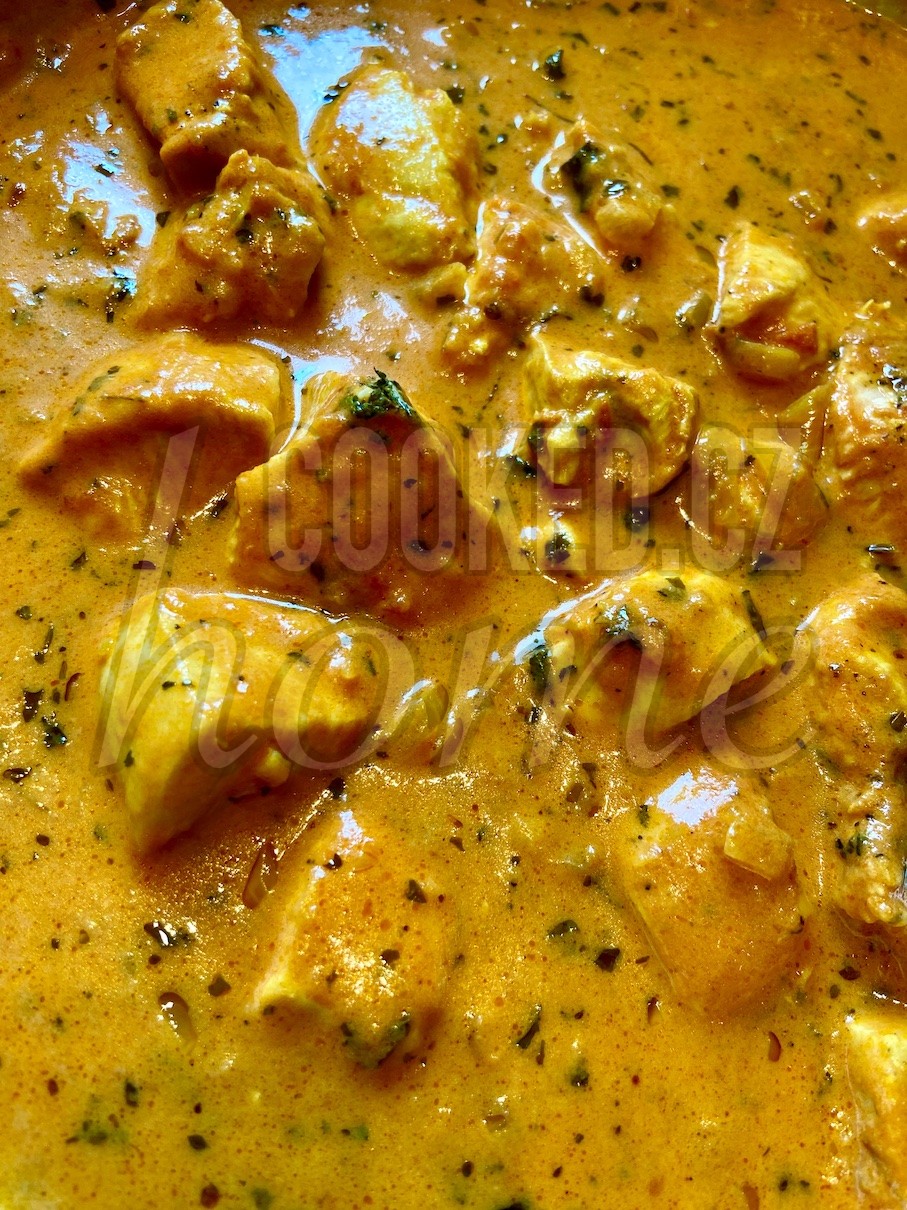
Butter chicken, also known as murgh makhani, is a popular Indian dish that has a rich and flavorful history. The origins of butter chicken can be traced back to Delhi, India, in the mid-20th century. The story behind the creation of butter chicken revolves around a restaurant called Moti Mahal, which was founded by Kundan Lal Gujral in the 1920s. Kundan Lal Gujral is credited with inventing the recipe for butter chicken. Legend has it that the idea for butter chicken came about as a way to repurpose leftover chicken as the restaurant often had leftover tandoori chicken at the end of the day. To prevent wastage, Kundan Lal Gujral came up with the idea of simmering the leftover tandoori chicken in a tomato-based gravy, along with butter and cream. This resulted in a rich and flavorful dish that became an instant hit. The combination of tender pieces of chicken in a creamy tomato-based sauce, infused with spices and enriched with butter and cream, proved to be irresistible. Butter chicken quickly gained popularity not only in Delhi but also across India and eventually worldwide.
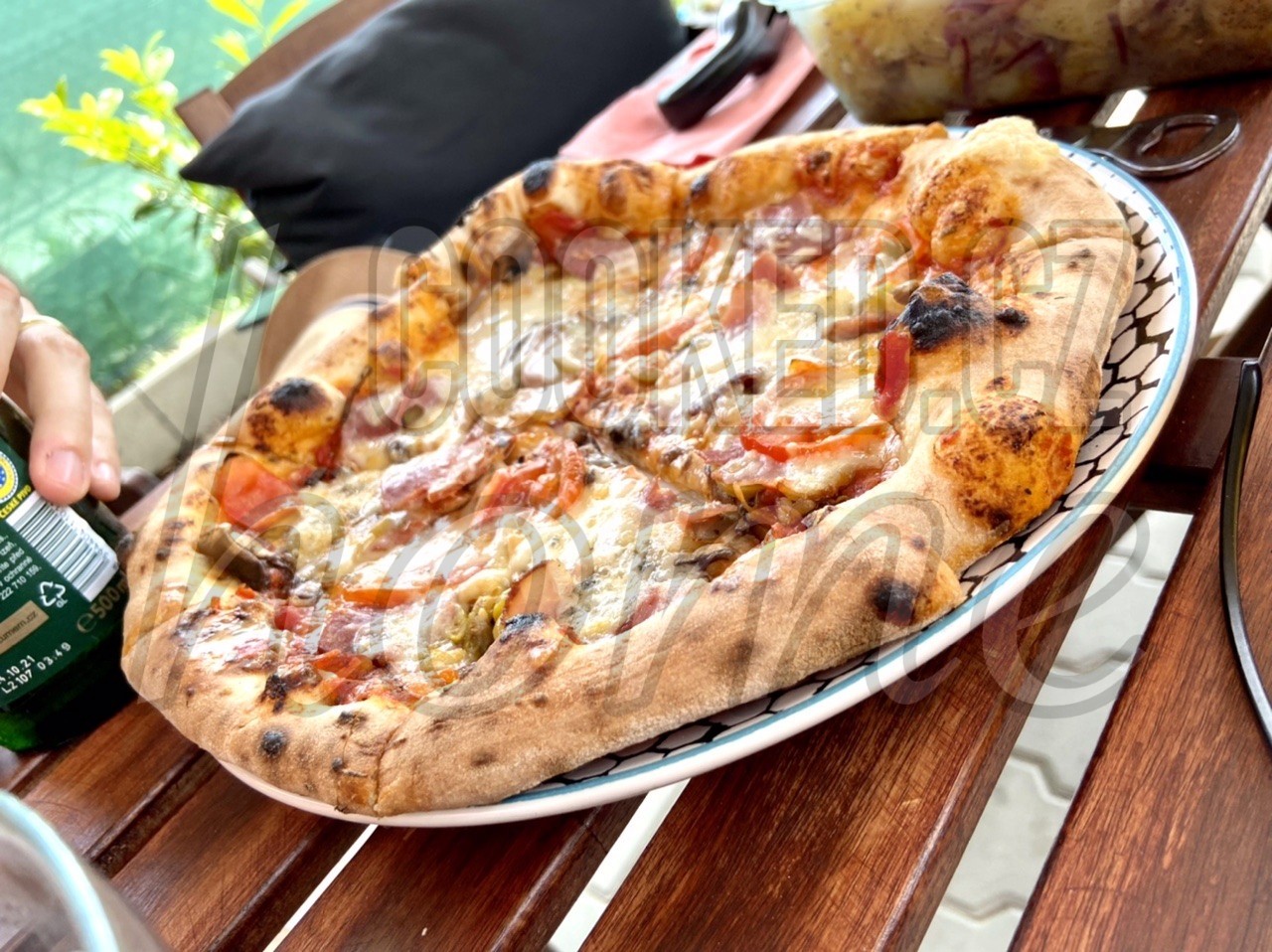
Neapolitan pizza, originated in Naples, Italy. What’s special about this recipe is the temperature under which this pie is baked. It has to be high heat 750F to 930F otherwise it wont be Neapolitan pizza. Second thing is a dough, which has to be at least 60% hydration dough or higher. Higher the hydration more water is retained in the final product. But regardless of hydration we are aiming for crispy crust and moist inside.









